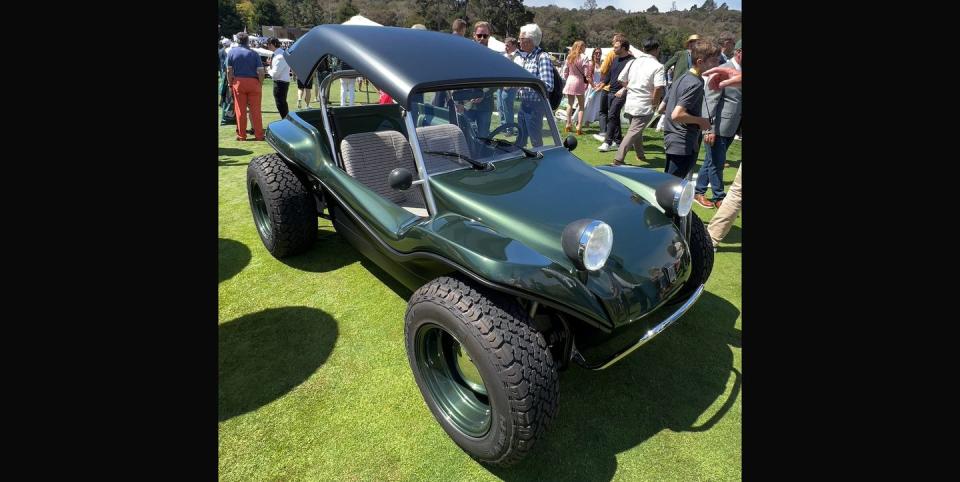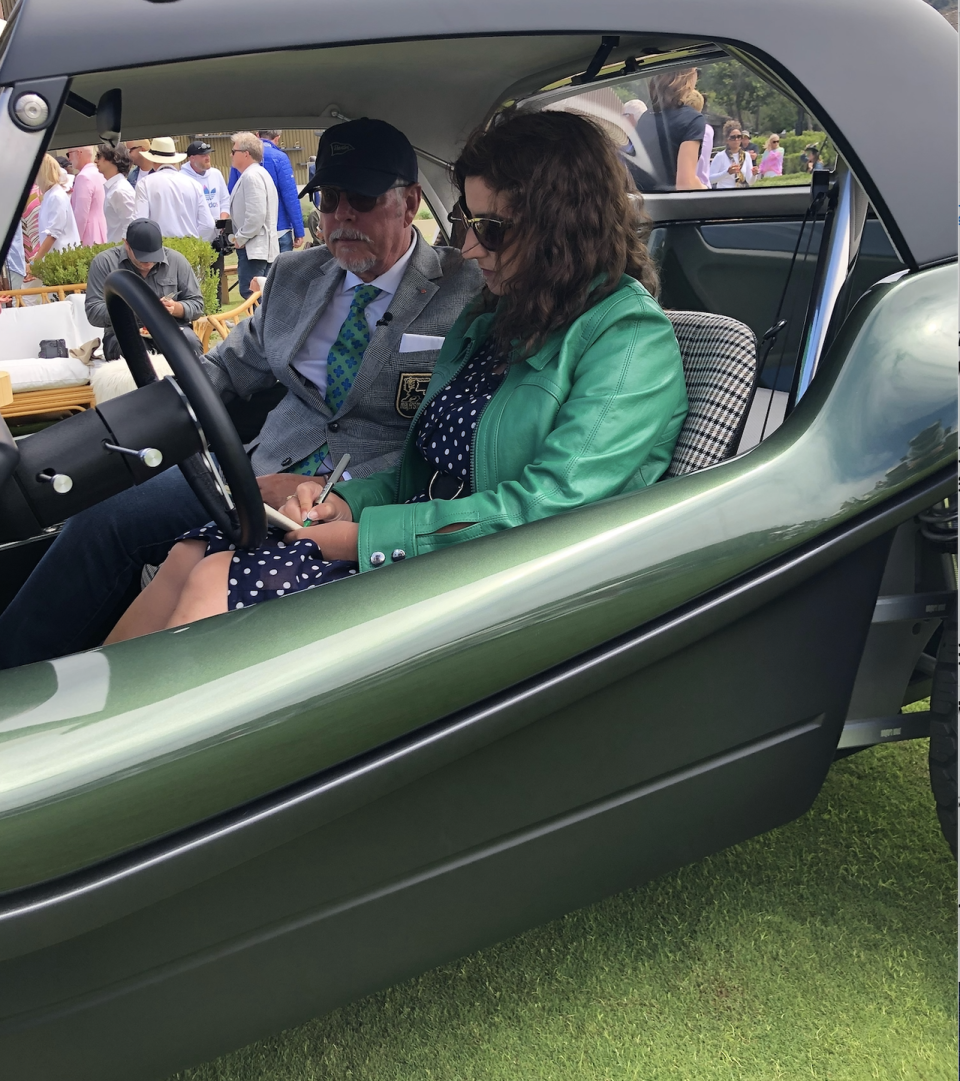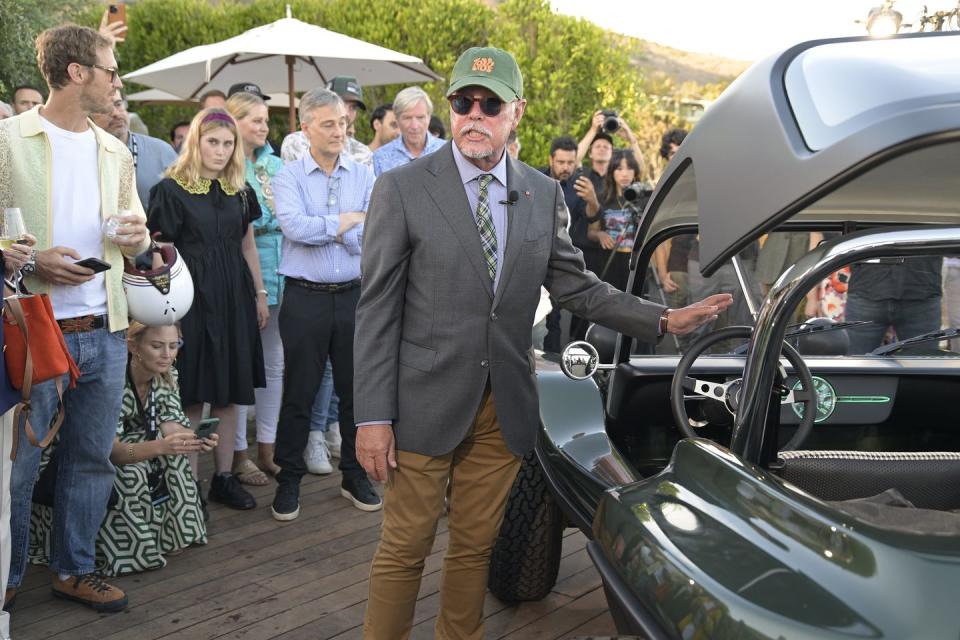Freeman Thomas, Designer of the Reborn Meyers Manx 2.0 EV, Talks Dune Buggies and More

When Bruce and Winnie Meyers sold Meyers Manx to Phillip Sarofim and designer Freeman Thomas in 2020, the transaction left many questioning what the new owners would do with the company known for its dune buggy kit car based on a 60-year-old Volkswagen platform. Sure, they could keep knocking out bright little fiberglass bodies based on Bruce’s brilliant original design, but Sarofim and Thomas don't seem like guys who want to run a small-scale nostalgia business.
Recently, we got a look at the new offering from Meyers Manx. The latest iteration of the classic dune buggy is a complete redesign that maintains the retro looks of the original but is powered by electric motors and promises notable improvements to performance and comfort. The Manx 2.0 was well-received and during The Quail (an event, which like the Pebble Beach Concours d'Elegance, is part of Monterey Car Week) we had a chance to sit and talk with Thomas about the challenges and thrills of reworking a vehicle as legendary as the Manx.

C/D: The Manx 2.0 won’t be a kit car like the original Manx and will instead be a street-legal turn-key car, right? What kind of testing does it need to do?
Freeman Thomas: Correct. It will be turn-key. This fits under the new low-volume vehicle act [an NHTSA regulation that allows for small companies to build and sell classic-themed cars without having to do all the testing a large OEM must do]. It allows us to build up to 325 of these vehicles a year.
But we want to make sure that the vehicle has integrity and that it works as an everyday vehicle. We're developing a door system with windows, air conditioning, and heating. We want to make sure that the suspension handles right. It isn’t based on an old VW now, it’s a lightweight aluminum monocoque that's also a crash structure, and the roll bar and roll cage will tie in beautifully to this.
C/D: Are you building this in-house, or are you working with another company?
FT: A combination of both. We're developing it in-house and working with a manufacturing partner.
C/D: Would you say this new one is more street-oriented than the original dune buggy?
FT: We want it to be as capable as the original, and then of course there will be versions that will be more extreme to cater to people's tastes. The first one that we will start producing will be a great all-arounder.
C/D: Is there anything on the new Manx that is a VW part?
FT: The headlight bucket. Currently, the front suspension on this design prototype is also Volkswagen, but we are evolving that.
C/D: How about the body itself, is it still fiberglass?
FT: On this design prototype, the body is actually carbon fiber, but for production, we're looking at a lot of different options including thermoforming. Thermoforming is recyclable as well, which we like, and you can do it with the color impregnated into the material. It’s important on a Manx to offer a wide color range and the big metal flakes. So we may have different types of materials or processes for the bodies depending on the customer’s color choice.


 Yahoo Autos
Yahoo Autos 